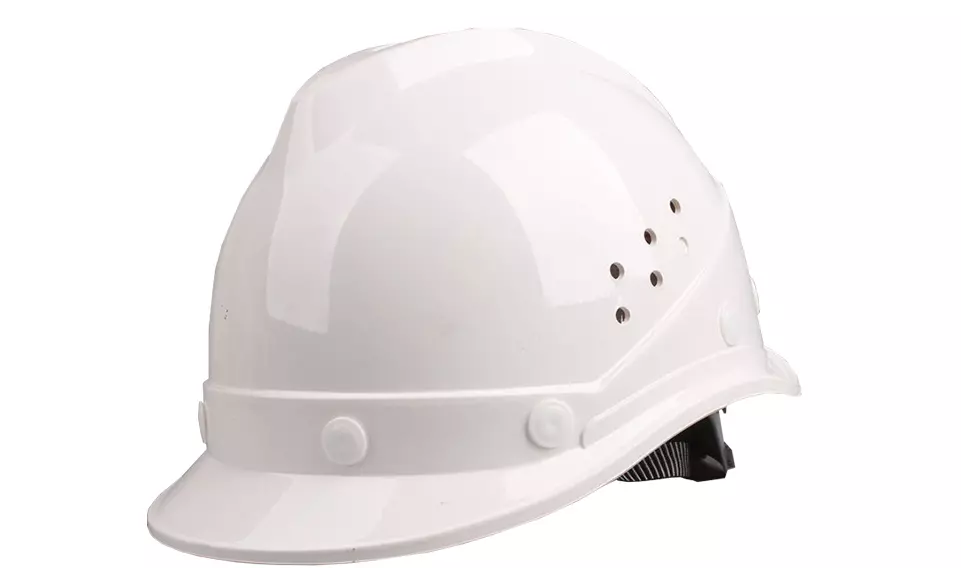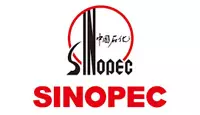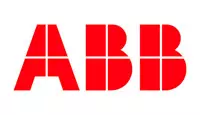
Safety helmet colours: status symbols on the site
Safety helmet, known as one of the ‘three treasures of safety’ on construction sites, is an important piece of equipment for workers'
head protection. However, in addition to the protective role, the colour of the helmet also carries more meaning. Different colours of safety helmets represent different identities and responsibilities of workers on construction sites. They are not only the workers' working clothes, but also a symbol of their responsibilities.
White safety helmets are usually the exclusive colour for top management, engineers and technicians. They are responsible for the overall management of the site and technical support to ensure the smooth running of the project. These personnel are required to carry out management and supervisory work on site at a distance from other workers, so the white safety helmet helps them stand out from the crowd. White symbolises purity and wisdom, which complements the image of these professionals.
Red safety helmets, on the other hand, represent the leaders or senior managers of the site, such as project managers and superintendents. They are responsible for the planning, execution and management of the project, ensuring that the work is completed in accordance with the predefined objectives and quality requirements. Red represents prohibition, stop and danger in safety colours, so red helmets also convey an atmosphere of high alertness and emergency response. However, in certain scenarios, red safety helmets may also be worn by technicians, managers or firefighters, depending on the company's regulations.
The yellow helmet is a sign of the average worker, who works hard on the front line and is the workhorse of the site. The yellow colour indicates attention and warning, allowing other workers and managers to recognise the wearer's identity and duties at a glance. Whether they are construction workers, electricians or plumbers, they all need to wear yellow helmets to ensure their safety and get the attention of others.
Blue safety helmets are mainly used for technicians, such as electricians, welders, tower crane drivers and excavator drivers. These types of work require precise handling and adherence to protocols, so the colour blue in safety colours indicates instructions and regulations that must be followed. Blue also represents stability and order, which fits the nature of the work of technicians such as electricians. Blue safety helmets are also often worn by operatives and skilled labourers who are responsible for specific construction tasks to ensure progress and quality.
In addition to the above colours, green safety helmets are also widely used in certain situations. New employees, interns or temporary workers often wear green safety helmets as a reminder of the concern for their safety. The colour green symbolises safety and environmental protection and echoes the duties of safety officers. However, in some specific industries, such as the machinery industry, green safety helmets may represent grassroots workers.
There are also other colours of helmets used for different types of work. For example, grey helmets are often used for technical operators, who are responsible for operating various machinery and equipment to ensure that production runs smoothly. Brown helmets are used by welders and those who work in high temperatures, as the colour brown symbolises toughness and endurance and is suitable for their harsh working conditions. Camouflage and black helmets are mostly used in special industries such as military and police.
To sum up, the colour of the safety helmet is not only a bright landscape on the construction site, but also a symbol of the staff's identity and duties. Through colour recognition, we can quickly understand the identity and work nature of the wearer, so as to better collaborate and cooperate. At the same time, different colours of helmets also convey different safety messages and atmosphere, reminding us to stay alert and pay attention to our own safety. On the construction site, the colour of the safety helmet is a silent language, connecting everyone, and jointly escorting the safety and quality of the project.












